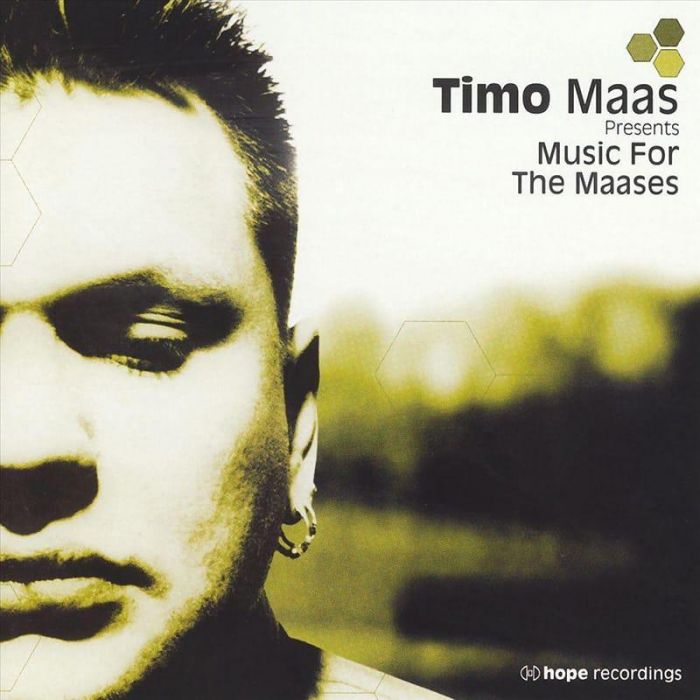Music for the Maases by Timo Maas (Review)

The summer of 2000 was soundtracked by Timo Maas’ remix of “Doom’s Night.” It blasted from car stereos across Europe, pounded out of clubs, and made it onto speed garage albums. Bizarre for a trance record, but it shows the universally funky appeal the sound of one German’s hoover packing can have. This compilation comprises Timo Maas mixes and collected pseudonyms, collaborations and solo work. If the Prodigy are compared to Fatboy Slim as opposite poles of big beat, then Timo Maas can be compared to Paul Van Dyk as opposite poles of trance.
For the first half of disc one, “Dooms Night” is the template. As pop as it’s going to get, layered rhythms and obvious hooks aplenty, including the highly imaginative remix of depressive indie-types Muse. The breaks are scattered liberally over growly basslines and scary noises. By “City Borealis,” however, a shimmering haze of synthesizers suddenly cuts out to make way for a distorted squeak and a thunderous beat which builds up slowly to return full circle to the shimmering. Then the remainder of disc one dispenses with any form of tune and instead steamrollers along on distorted loops of squelches and clunks. It is filled with dark, off-kilter bounce, with only the purpose of possessing your body and making you move. disc one terminates on Green Velvet’s “Flash,” which could be likened to a group of people jumping up and down on sheet metal set to a beat. It also has a wickedly camp sample of a tour of “Club Bad” to encourage your best/worst behaviour. Fabulously frantic dance music. On to disc two!
Which begins with a stripped and basic version of “Zoe” by Paganini Trax, as driving as the previous disc but a brief relief from such hardness. “Twin Town” is nearly jolly and certainly exuberant. I’m guessing from the sample in “Let The Freak” that it was once house music, but now is ultra dark trance. More clattery beats and squeezed chords bring us to Lustral’s “Everytime,” truly beautiful and incredibly dark. The sparse chords and sparkling tones drift about until it stops for the vocal, and then it pulses thrillingly along on a subdued bassline and reverberating whizzing noises. A few tracks of terrifying grunts and beats later the album has an unexpectedly competent comedown finale. “Mama Konda” simply halves the tempo and lays on the jungle sounds to a great effect.
If there was a reality gameshow called “Big Disco” where the contestants were forced to dance non-stop until they lost consciousness for a prize, this would be the ideal album for the dramatic showdown between the two finalists. There’s something demanding and aggressive about the music. To a passerby it would definitely appear to be too tuneless, but to a dance fanatic of any sort, it is worth a repeated listen. It is one of the best and darkest trance records you could ever hope to hear.
Written by Paul Morton.